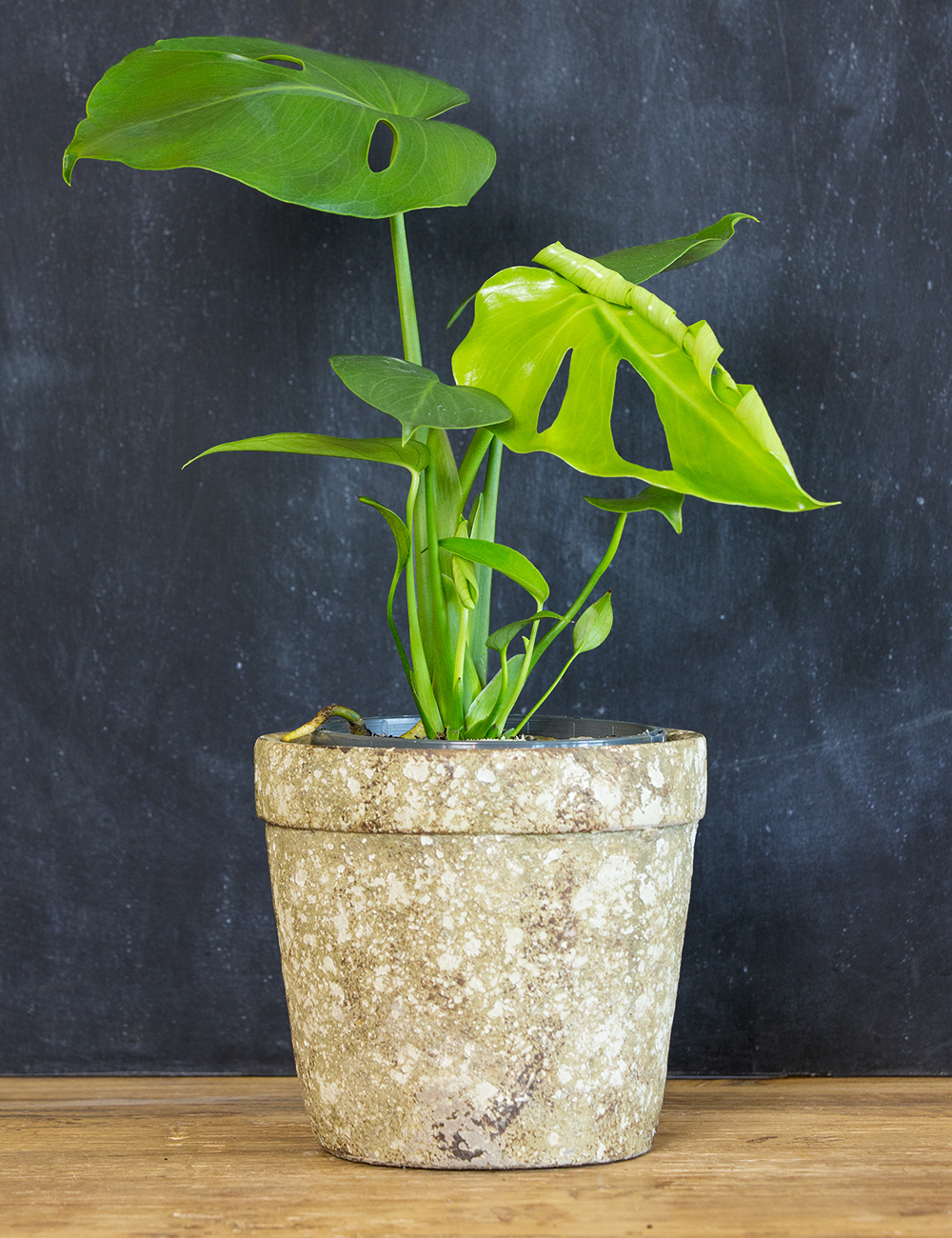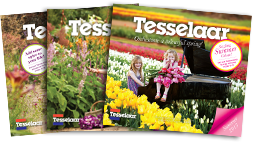
Monstera Swiss Cheese Plant
A classic beauty.
This product is currently out of stock and unavailable.




You can make a big impact with this green goddess. The large leaves grow and spread, becoming perforated with age. Each can grow up to 45cm across on 30cm stalks. They developed the perforations to cope with high winds in the wilds of their habitat.
This larger pot size will create instant impact.
As the pants mature they produce cream spathes which are followed by edible fruit that take around a year to become edible but will smell sweet during their development and tastes a bit like pineapple. This is unlikely to occur indoors, but if you have the space outdoors, no problem.
You can enjoy this plant a few ways – in a pot, or a hanging basket, or even a kokedama. In the wild they use their aerial roots to climb tree trunks. In a basket, simply let them hang loose and turn regularly for even growth. In a pot you can keep it compact and prune as required, or use a stake to keep it upright, allowing it to climb the walls/window frame etc. or let it sprawl.
Monstera deliciosa is commonly known as The Swiss Cheese Plant, Fruit Salad Plant, Hurricane Plant, Window Plant, Mexican Bread Fruit, Split Leaf Philodendron.
SIZE (HxW): 90-400cm x 50-300cm
TIME FOR A DRINK: Average, water when the top few centimetres of potting mix dry out, and do it deeply, (let the water run from the drainage holes you want to saturate that root ball) then just repeat as required. So relax, you can go away for a week or two without having to worry. In winter, you can pretty well just leave it to its own devices for a month or more even, in fact, you are more likely to kill them with kindness than neglect.
They don’t mind a bit of humidity, if live in a cold climate, your heating in winter might dry the plant out (leaf tips will turn brown or just drop off. You can provide some humidity for your beloved plant, by placing them over a plate with rocks and water, this will naturally form humidity around the plant. Or if you want to get very fancy and grow a few of these tropical treats, a humidifier is a good investment – they are also good for you. Another option is to grow them in a terrarium. You can also spritz the leaves every so often.
I WILL SURVIVE: They grow best in a bright, indirect light – if you need a light to read by during the day in their position, it is too dark. If it is too dark the stalks of the leaves will be elongated and droop, and the perforations won’t be as prominent because the leaves won’t grow as big. In too much light the leaves will scorch.
Fertilise spring/summer with a diluted liquid fertiliser, just follow the directions on the pack.
As required, repot in spring, adding some seasol (vitamins for plants – not a complete food/fertiliser) to the new pot as you do. Don’t go too much bigger with pot size, they appreciate a gradual increase – this also allows you to collect more pots and refresh the soil every so often.
Keep the leaves clean by wiping them regularly – or water the plant in the shower so you can kill two birds with one stone.
You can grow the stems up a moss/bark pole to mimic its natural environment, there is a great variety of them on the market.
Supplied as: Pots
Size: 140mm
| Code | MTDCP |
|---|---|
| Botantical name | Monstera deliciosa |
| Height | 90-400cm |
| Width | 50-300cm |
| Flowers | Nil if grown indoors |
| Climate | Cool to Tropical |
| Availability | Australia wide |
| Frost hardiness | Frost Tender |
| Aspect | Filtered Light |
| Supplied as | Pots |
| Size | 140mm |
| Water needs | 2 |

